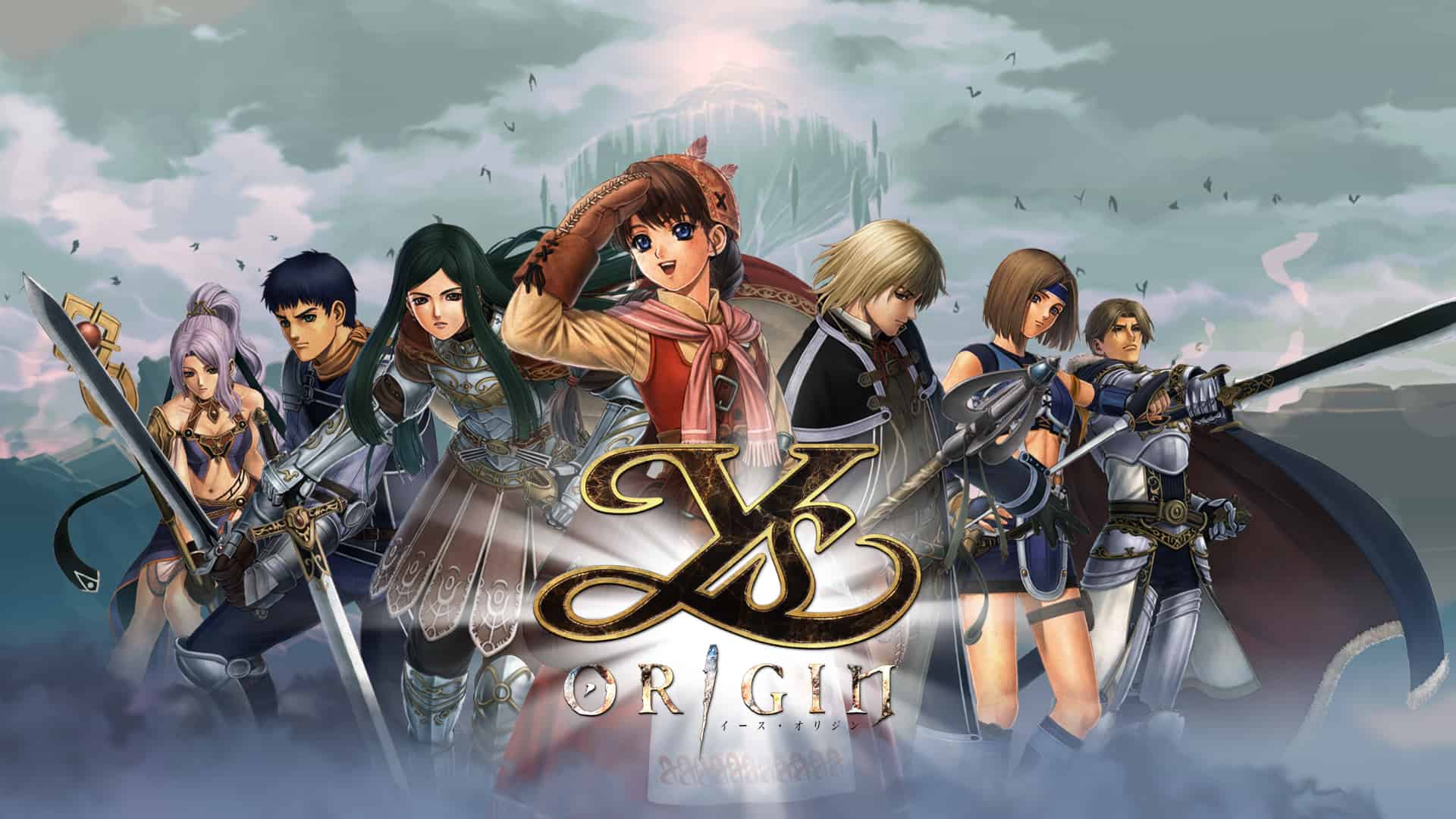Ys is an action-roleplaying game developed by Falcom and dates back almost four decades. The first games were revolutionary in the RPG genre, but their success remains largely in Japan. Due to poor marketing and years for localizations to release, the franchise has yet to catch on in other countries. Despite this, the series is well-known among JRPG fans and has continued to innovate its gameplay. So, today we will be breaking down each game, seeing what’s changed over the years, and taking a look at the future.
Ys I: Ancient Ys Vanished (1987)
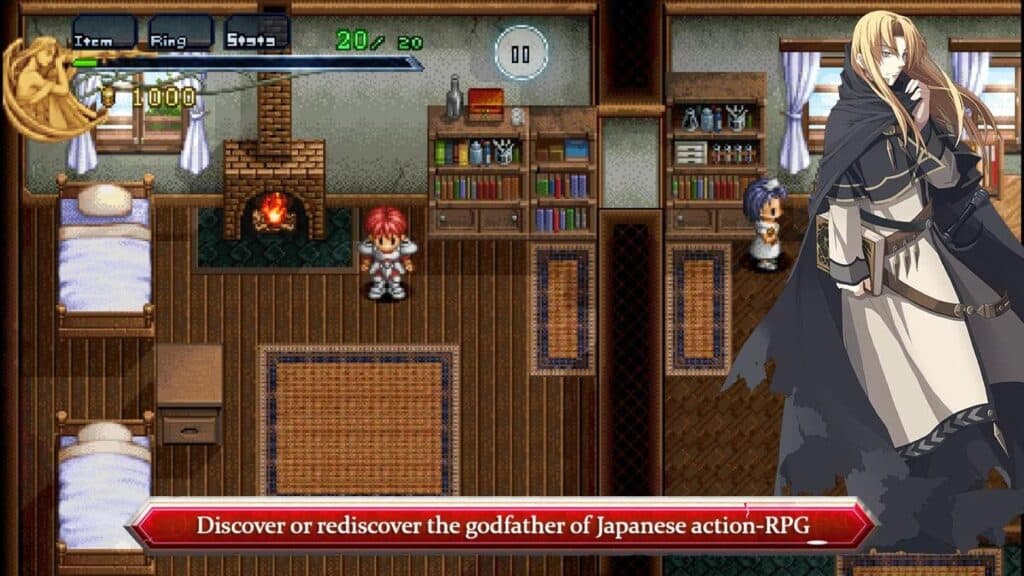
Ancient Ys Vanished is an action role-playing game developed by Nihon Falcom and the franchise’s first game. The game was ahead of its time and set the foundation for storytelling role-playing games to come. Adol Christin is the main protagonist who is sent on a quest for the six books of Ys. A fortune teller tells Adol about a great evil that can only be destroyed with the information in those six books. The gameplay has the player controlling Adol as they explore the open fields and dungeons.
The unique aspect of the game was its combat system that required players to bump into enemies with Adol to deal damage. At the same time, enemies that face the player also deal damage when bumped into. RPGs around this time typically have turn-based combat or real-time combat. It also features health regeneration for Adol when he wasn’t in combat. While unusual for the time, it is now a standard feature in many modern video games.
The game received positive reviews at release and was thought of as one of the best RPGs, being compared to The Legend of Zelda. While many players may not have played Ancient Ys Vanished, it certainly helped create RPG games as we know them today.
Ys II: Ancient Ys Vanished – The Final Chapter (1988)
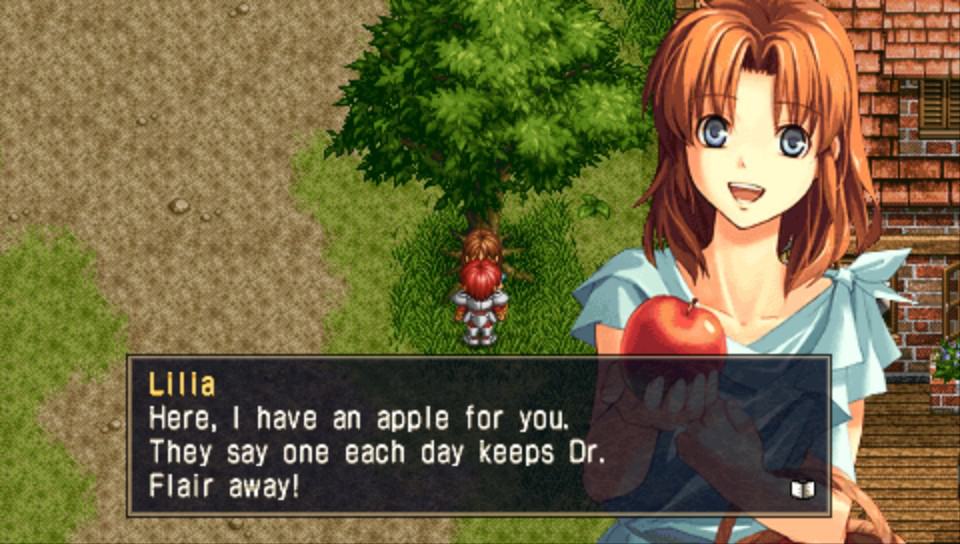
Ancient Ys Vanished – The Final Chapter is a direct sequel and takes place immediately after the events of Ancient Ys Vanished. Adol journeys to the Ancient Kingdom of Ys, where a young lady takes him to her home. The young woman, Lilia, explains that Adol must rid the island of evil along with Esteria, the island in the first game.
The bump combat system remains the same but features a new magic system. Throughout the game, the player will find a variety of spells for Adol to use—these range from fire to time spells that freeze enemies in place. However, unlike its predecessor, bosses cannot be damaged by the bumping mechanic. Instead, players will have to use the spells they acquired to defeat them.
The game has been translated into multiple languages and received positive reviews. Famitsu rated the game 35/40, while the previous title received a 31/40.
Ys III: Wanderers from Ys (1989)
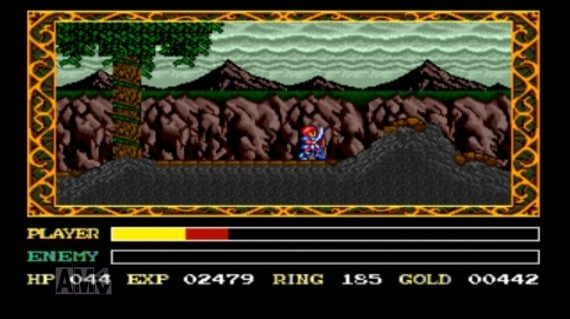
Set three years after the events of the first two games, Wanderers from Ys follows Adol and his friend Dogi. Along their journey, they stumble upon Elena, Dogi’s friend, who saves them from a wild animal. She informs the duo that their hometown, Redmont, has been under attack by Valestin Castle. Adol must defeat the lord of the castle, Lord MacGuire, to put an end to the destruction. Through the journey, players will find that not everything they see is true, and friends and foes can quickly change.
The game follows the style from previous entries with its stats, equipment, and magic spells. However, it most notably is missing the bump system from combat, instead opting to have the player attack with a button. Also, the game is a side-scroller, a stark difference from the top-down view players had in the past. While the reviews were mostly positive, some critics described the combat as repetitive, making the game more tedious to complete.
Ys I & II (1989)
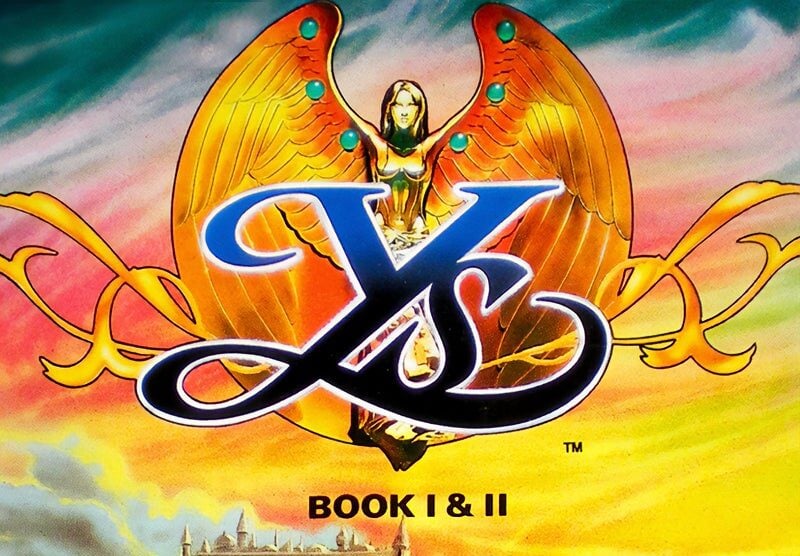
Ys I & II is a remake of the first two titles and one of the first games ever to use CD-ROM. Along with the updated graphics, the game also featured animated cut scenes complete with voice acting and an audio soundtrack. The English version featured voice dubbing of the cutscenes, making it one of the first uses of dubbing. The remake was critically acclaimed and received multiple awards, including Game of the Year. Some fans have described it as being one of the most important video games. Despite telling the same story, the world expansion and more in-depth features made it an instant classic.
Ys IV: Mask of the Sun (1993)
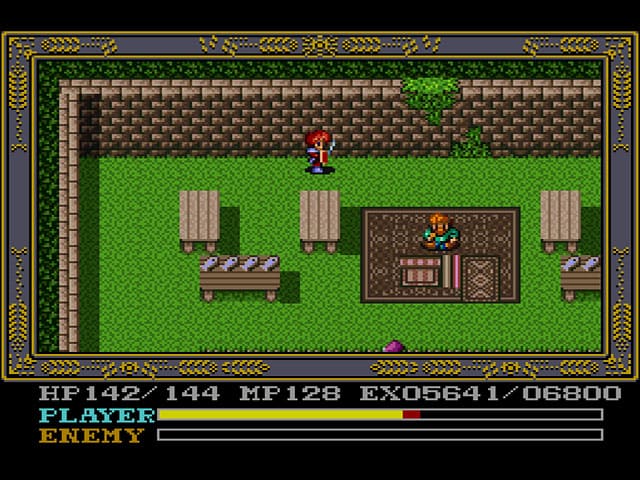
Mask of the Sun occurs between the series’ second and third games. Once again, the player controls the protagonist Adol as he returns to the town of Minea. After receiving a message begging for help in the land of Celceta, Adol accepts the plea. The game reverts back to the top-down format from before and features the return of bump attacks. The newest feature is a rework of the Magic system, which is now controlled by an elemental sword. These swords use different magic spells to produce new types of attacks. The game received average reviews at its launch.
Ys IV: The Dawn of Ys (1993)
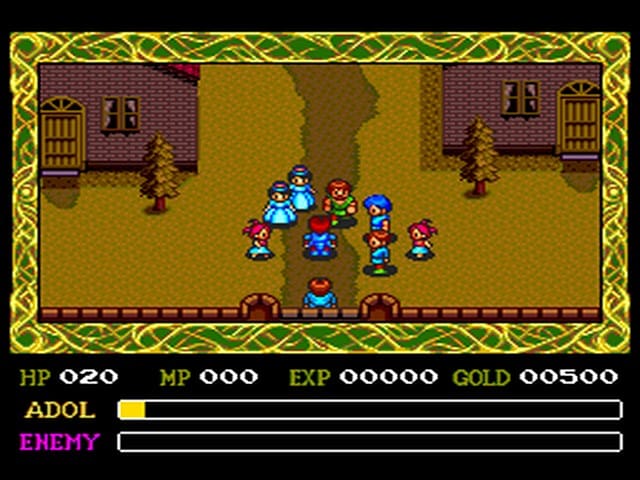
The Dawn of Ys is the exact same game as Mask of the Sun and was released around the same time as each other. However, a different developer, Hudson Soft, worked on The Dawn of Ys for its release on CD-ROM. Although they are the same story, Hudson took liberties in their approach, resulting in the two being different games. One of the differences that players will notice immediately is that The Dawn of Ys has Adol in Minea. Mask of the Sunbegins with Adol leaving town for Celceta without the build-up. The playstyle, however, is identical and follows the first two games’ exploration and combat systems. The Dawn of Ys received slightly better reviews than its counterpart.
Ys V: Lost Kefin, Kingdom of Sand (1995)
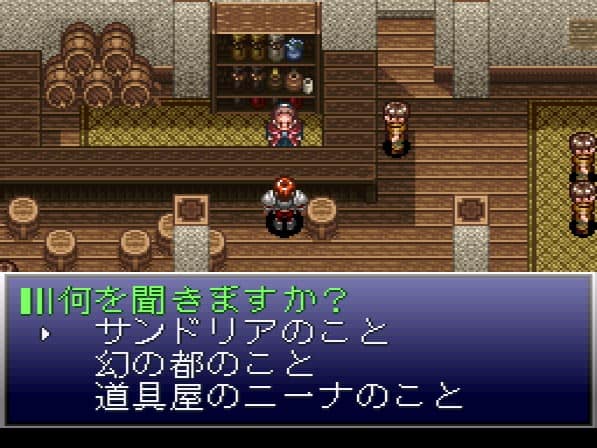
Lost Kefin, Kingdom of Sand is famous for its easy difficulty and had two releases, one that acted as an update with harder enemies. Players follow Adol as he explores Xandria for crystals said to reveal mysterious secrets. While the game follows the traditional top-down format of previous games, it lacks the bump system combat. Players have to click a button to attack, much like Wanderers from Ys. The Magic system was also changed to Alchemy, making the player charge attacks with their sword to use spells. The initial release received average reviews; fans found it too easy to beat. Its second release, Ys V Expert, received slightly better reviews as it tweaked attack time, enemy combat, and dungeons.
Ys VI: The Ark of Napishtim (2003)
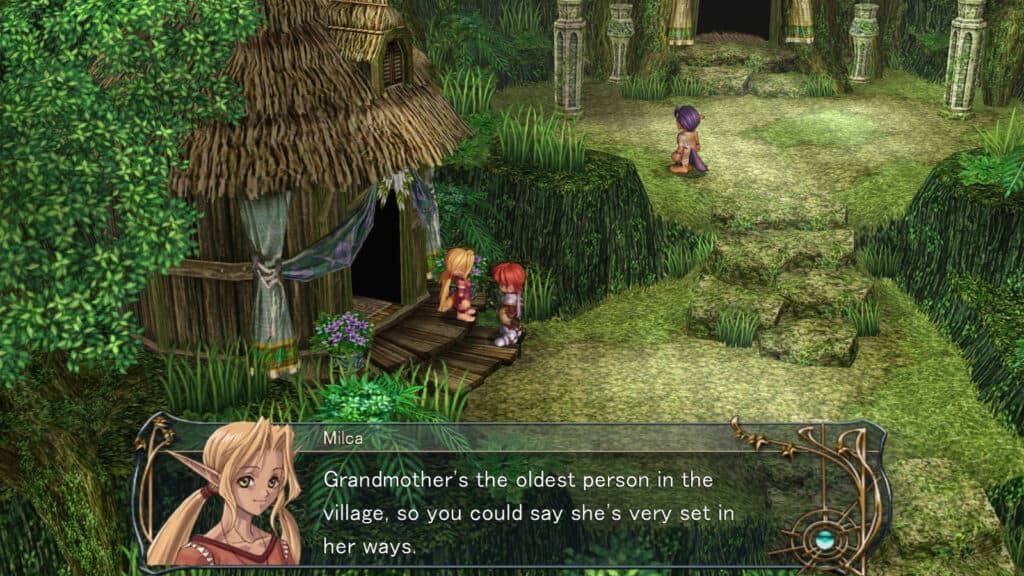
The Ark of Napishtim marks the first time the series was localized to Western languages, including German, Spanish, French, and more. The game builds off of the mechanics from the third and fifth games, having the player control Adol’s attacks. However, the game was now in 3D and used 3D spirits for the characters and enemies, while bosses had 3D models. This also marks the first time the franchise had a three-dimensional game.
Adol gets swept off his ship during a storm and wakes up in the Canaan Islands. His adventure beings as he attempts to stop Ernst, the main antagonist, from gaining control of the Ark of Napishtim. Its reviews were mixed among fans, with later releases on PC gaining better reviews for its updates and quality-of-life improvements.
Ys: The Oath in Felghana (2005)
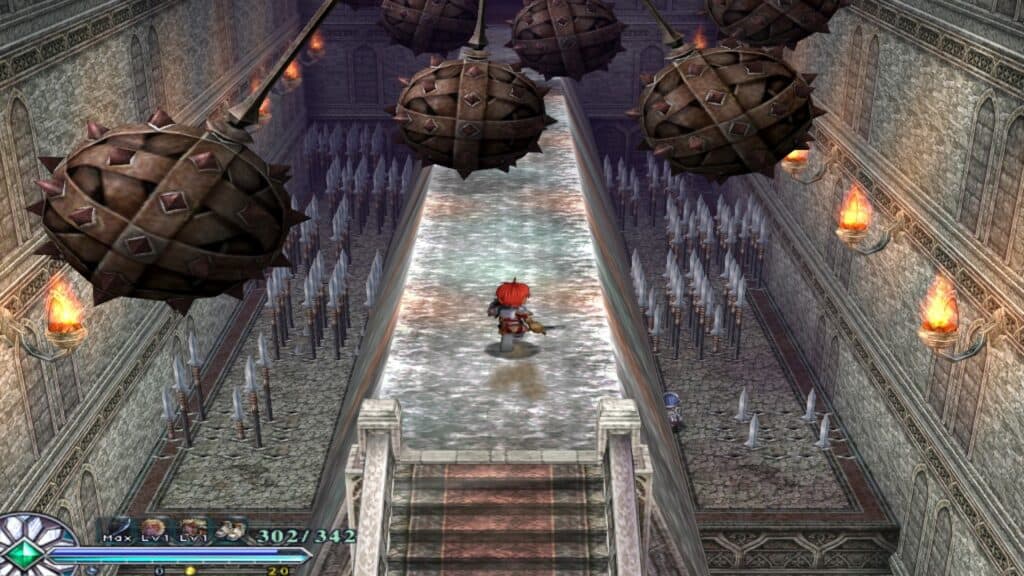
The Oath in Felghana is a remake of the third game in the series, Wanderers from Ys. It is built with the same engine as The Ark of Napishtim, complete with 3D environments. The story remains relatively the same, with some added scenes. The gameplay is also more similar to The Ark of Napishtim, with gameplay mechanics altered for convenience. Healing and stat bonuses could no longer be placed in the player inventory, with the devs opting to have them drop from fallen enemies. At release, it was met with positive reviews and is seen by fans as a great remake of an old classic.
Ys Strategy (2006)
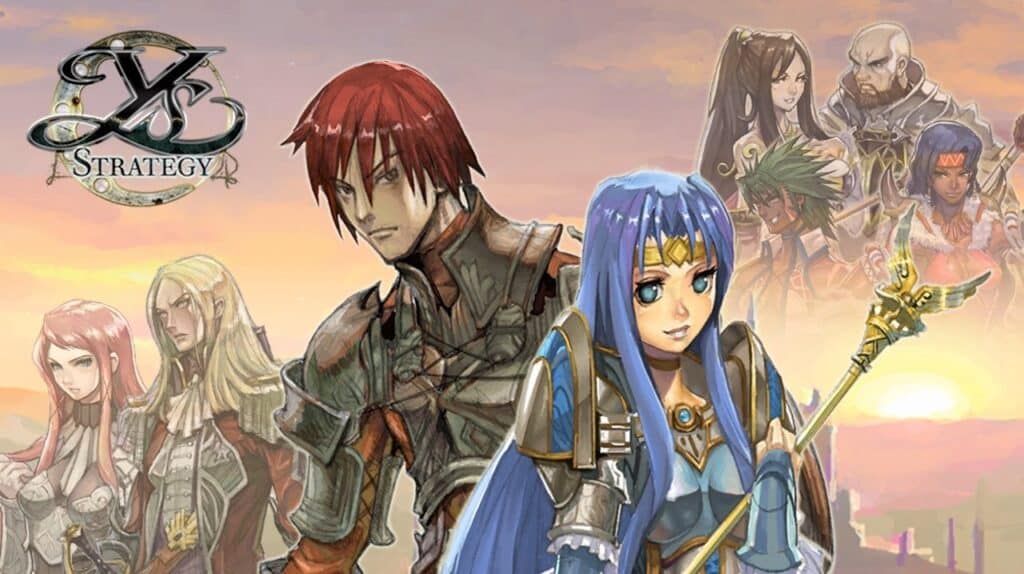
Ys Strategy is the first spin-off in the franchise, as the game takes on the real-time strategy genre. Future Creates led the development, which makes it the only game not created by Falcom. The gameplay resembles Warcraft, with players controlling peasants. Peasants collect wood, food, and Cleria to build towns. Once a town is built, soldiers can be made and used to attack neighboring towns. While taking inspiration from classic RTS games, the gameplay is slow and can drag. Reviewers note there’s a lot of waiting around, and the use of heroes makes the difficulty trivial. Fans have mixed feelings about the title, as straying from the original RPG style that popularized the series was ultimately met with dismay.
Ys Origin (2006)
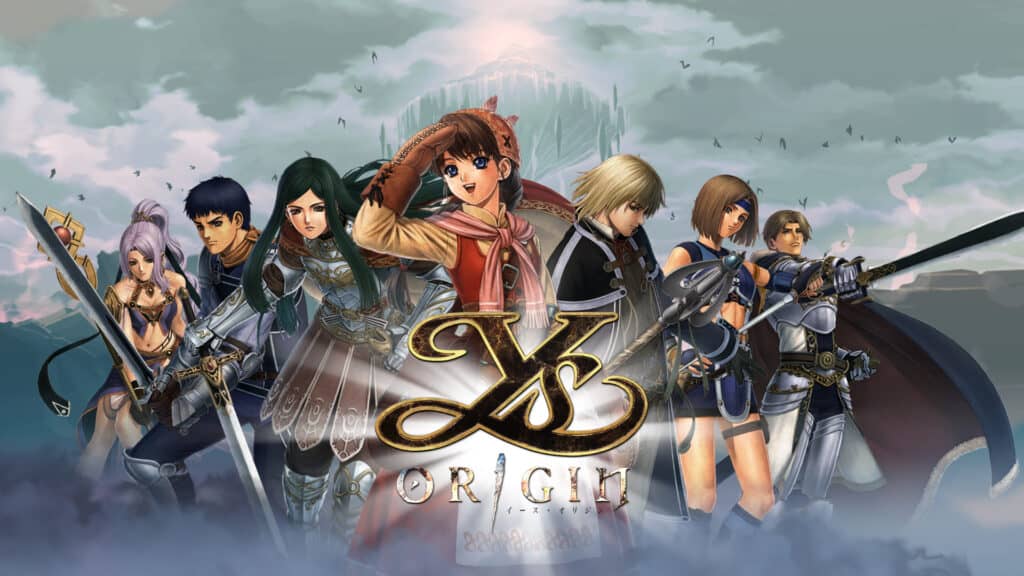
Taking place 700 before the events of Ancient Ys Vanished, Origins is the first game not to feature Adol as the main protagonist. Instead, players control three characters, Yunica, Hugo, and Toal. Each one has their own story, battle style, and skills. The plot serves as a backstory of Ys, and only by completing the game three times with each character can they truly see what the game offers.
The environment is one location instead of featuring distinct dungeon crawls and is the last game to run on The Ark of Napishtim engine. As players progress through the story, they discover the origins of Ys, Darm Tower, and many other mysteries from the previous games. Upon release, fans and critics generally enjoyed the game. It is considered to be one of the best in the franchise.
Ys Seven (2009)
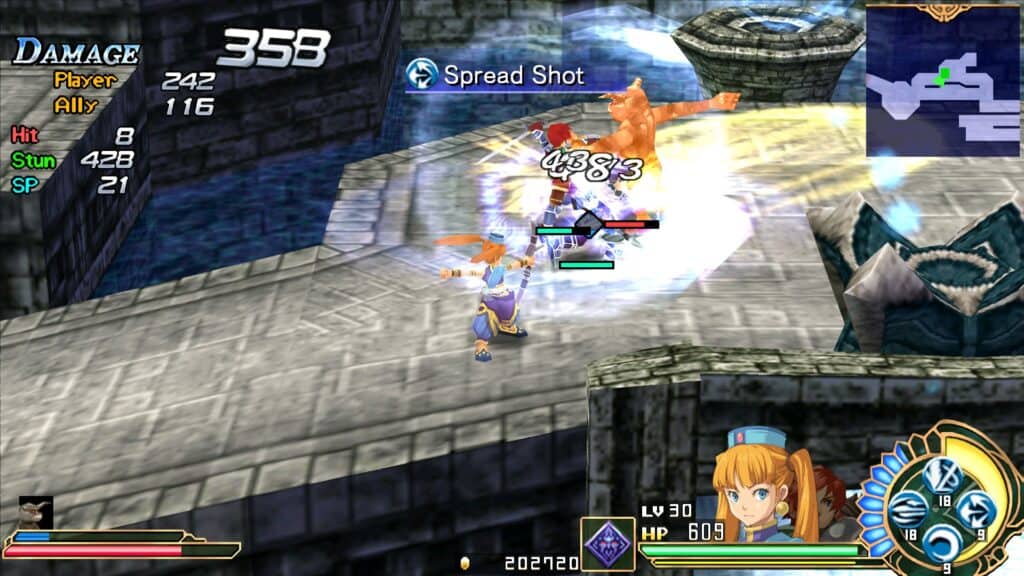
Adol and Dogi return in Ys Seven on a journey to Altago in search of adventure. After being tossed into prison, the king calls the duo to investigate mysterious earthquakes in the area. The duo finds that the Five Dragons have awakened and called upon Adol to stop great chaos from taking over the land.
The game is similar to recent entries with real-time combat, as the series had strayed away from the bump combat system. Players can now have three characters in their party, each with a unique weapon type. The damage type determines if the character is weak or strong against certain enemies and can only use weapons from that class. Its release was well-received for its innovation of combat and skillsets. Some publications named it the best RPG of the year, with fans ranking it as one of the best games in the series.
Ys vs. Trails in the Sky (2010)
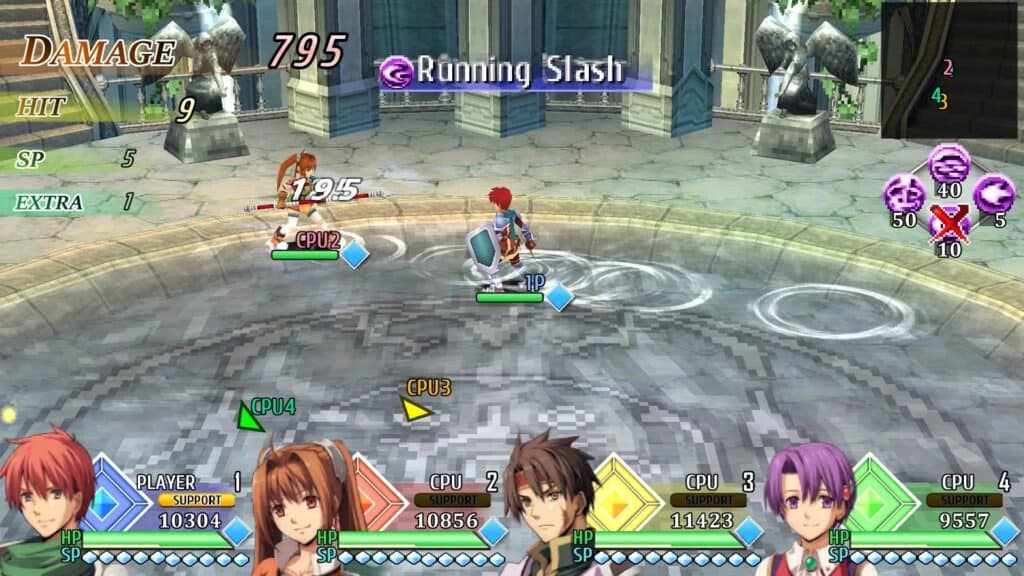
The second spin-off title is also a Japan exclusive for the PlayStation Portable. Ys vs. Trails in the Sky is a fighting game with characters from the Ys and Trails franchises. The game is similar to titles such as Super Smash Bros. and Dissidia Final Fantasy. The game sold well and received good reviews from critics but is largely forgotten about. While fans of the fighting genre may enjoy the title, it doesn’t fit in with the mainline series. Additionally, a Japan-only release on the PSP will exclude many fans from around the world, meaning most will have never played it.
Ys: Memories of Celceta (2012)
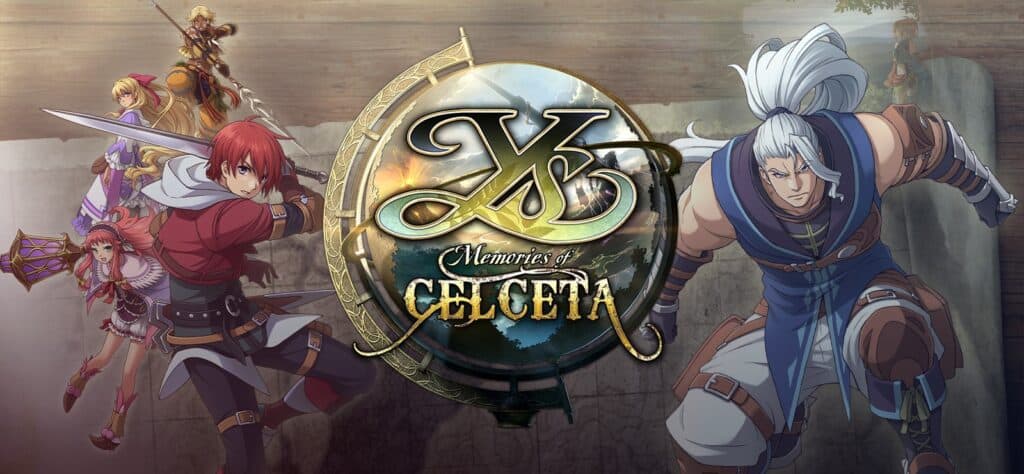
Taking place a year after Ys II: Ancient Ys Vanished – The Final Chapter, Memories of Celceta builds upon the mechanics of its predecessor. Adol gets a variety of party members to help him through the game, with Duren remaining by his side. Each character has one of three attack types, which determines which enemies they are strong/weak against. Players can also parry attacks which, if time correctly, can cause enemies to stagger, allowing for a riposte.
Critics praise its fast combat system and streamlined gameplay. However, the story is seen by many as cliche and cheesy, the mechanics more than makeup for it. It was also the best-selling game in Japan during its opening week, selling more than 13,000 copies.
Ys VIII: Lacrimosa of Dana (2016)
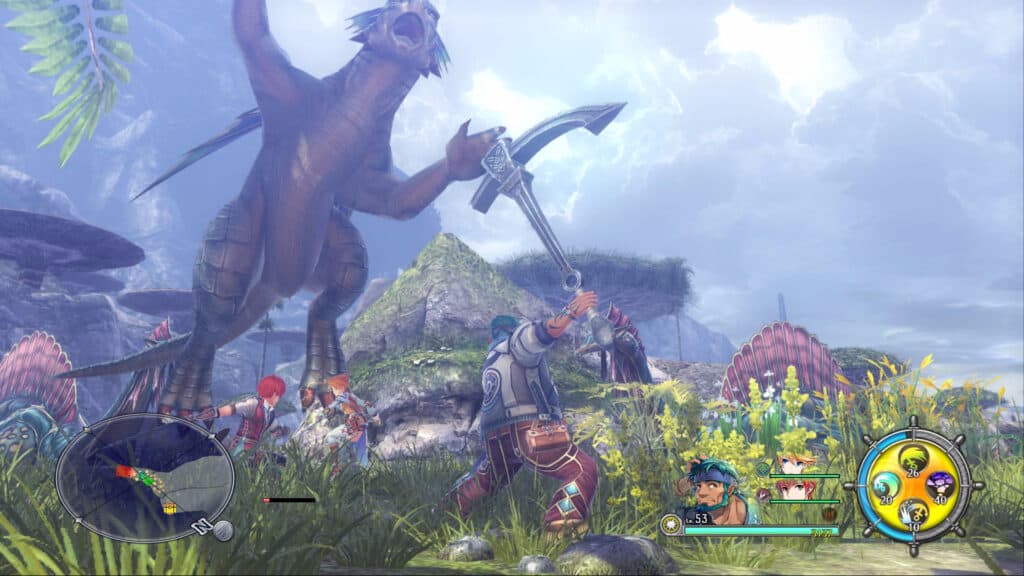
Lacrimosa of Dana largely plays the same as Memories of Celceta and Ys Seven. The multi-party system returns along with damage types and playstyles. While it continues the adventures of Adol, it acts as a refinement for the series’ gameplay. Actions are much smoother, and the fast combat feels satisfying. The game was a commercial and critical success, selling over 500,000 copies in its first couple of years. Some fans claim that Lacrimosa of Dana is the best of the modern titles.
Ys IX: Monstrum Nox (2019)
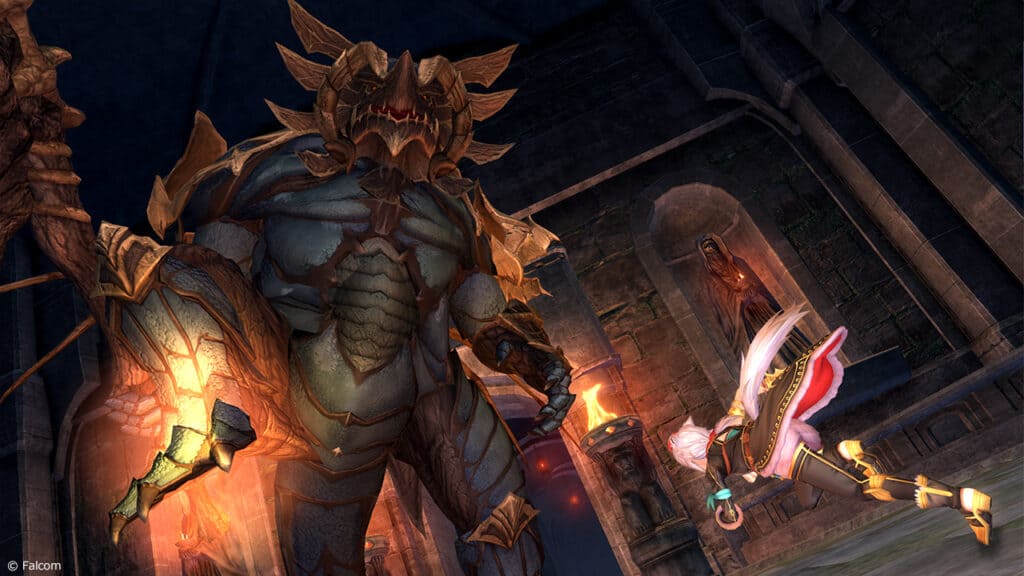
The most recent title in the franchise, Monstrum Nox, combines the best mechanics from previous titles into one game. While the game’s foundation is built off of Lacrimosa of Dana, it also brings back boost mode from Origin and The Oath in Felghana. Boost mode allows for increased damage, attack, movement speed, and decreased damage. The game also features a new mechanic, “Monstrum Gifts,” that gives each character new ways to traverse the environment.
Ys X: Nordics (2023)
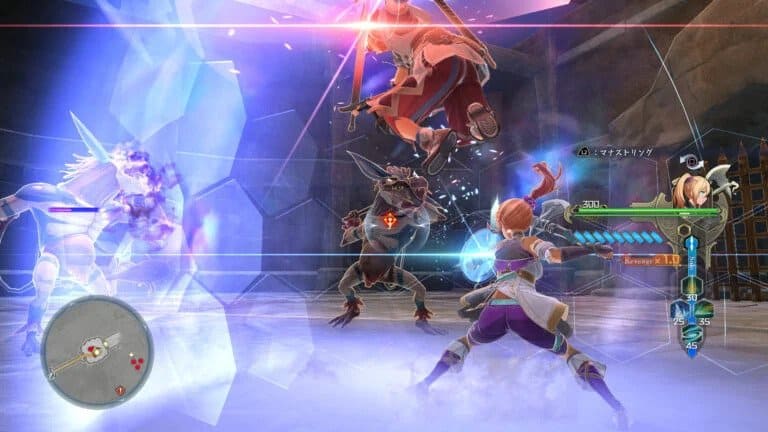
Nordics is the upcoming installment to the Ys franchise, set to release in 2023. The game features Adol and takes place immediately after Ys II: Ancient Ys Vanished – The Final Chapter. Players will control Adol and Karja in a new cross-action combat system. The system will allow for two fighting modes that can be cycled throughout battles. The game also removes the party system and damage types. Fans are eagerly awaiting the new arrival as it appears to be more innovative than past titles.
